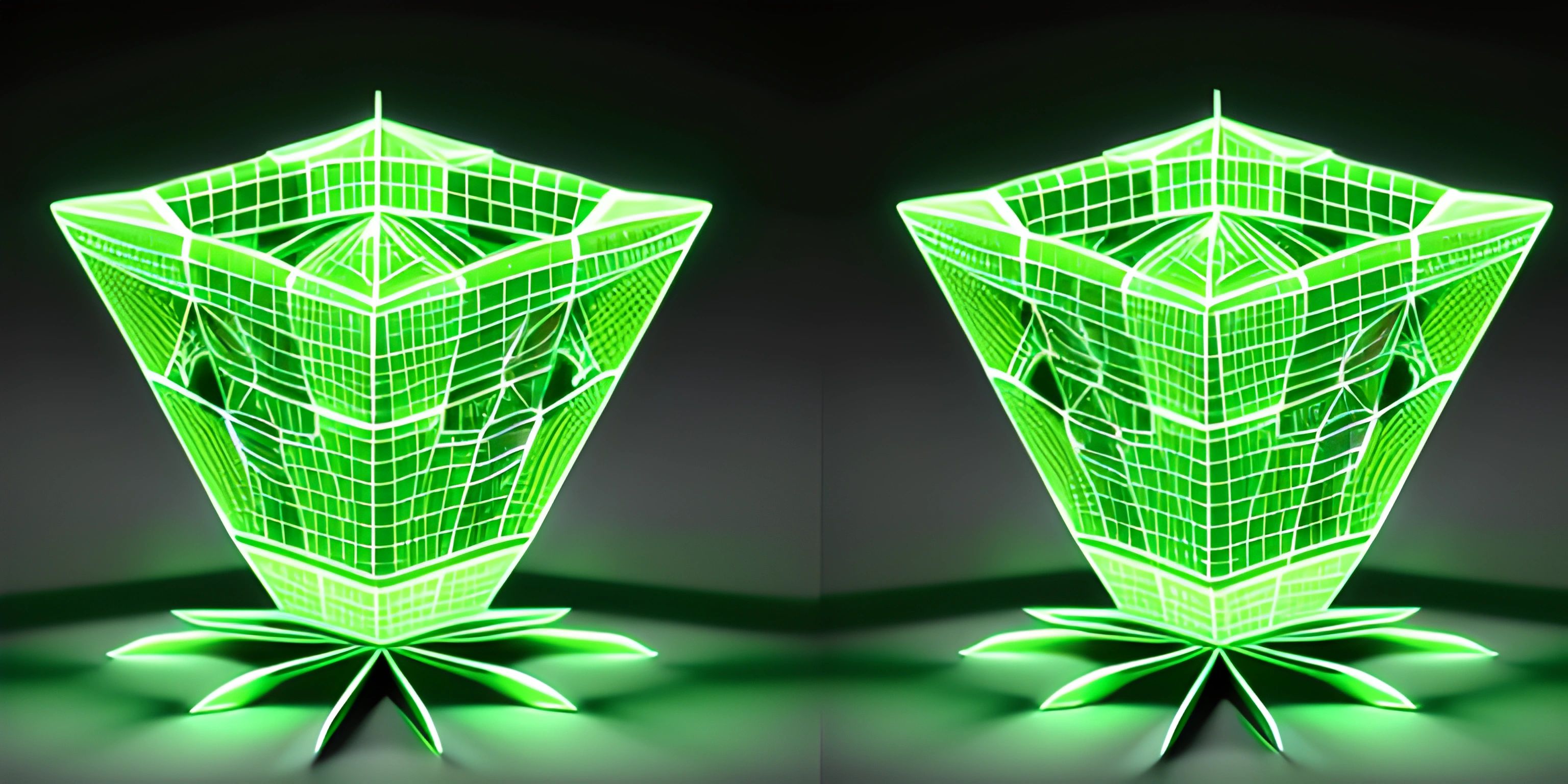An Introduction to NoSQL Databases

Note: this page has been created with the use of AI. Please take caution, and note that the content of this page does not necessarily reflect the opinion of Cratecode.
In the realm of data management, NoSQL databases have been making quite a splash. Unlike traditional SQL databases, NoSQL databases are designed to accommodate a wide variety of data models, including key-value, document, columnar and graph formats. They provide a mechanism for storage and retrieval of data that is modelled in means other than the tabular relations used in relational databases (RDBMS).
The Growing Popularity of NoSQL
The term NoSQL means "not only SQL", implying that these databases are an alternative to SQL. The rise of NoSQL databases was triggered by the needs of the companies dealing with huge amounts of data like Google, Amazon, and Facebook. The common challenges they faced were scalability, speed, and flexibility which were not handled well by the traditional RDBMS.
Types of NoSQL databases
There are four basic types of NoSQL databases:
-
Key-Value Store Databases: These are the simplest type of NoSQL databases. Every single item in the database is stored as an attribute name (or 'key'), together with its value. Examples include Redis and Voldemort.
-
Document Databases: In these databases, data is stored as documents. These documents are grouped together in collections. Each document can have an entirely different structure. MongoDB and CouchDB are examples of document databases.
-
Column Store Databases: These databases store data in columns instead of rows. This can make aggregations and groupings faster. Examples include Cassandra and HBase.
-
Graph Databases: These databases are used to store information about networks, such as social connections. Graph databases include Neo4J and HyperGraphDB.
Each of these types of NoSQL databases has their own specific advantages, suited for different kinds of needs.
Advantages of NoSQL Databases
Scalability: NoSQL databases are designed to expand and handle more data much more easily than traditional SQL databases. By using new nodes, they can handle more traffic and data.
Flexible Data Models: As NoSQL databases are schema-less, one can store different types of data in the same database.
Speed: NoSQL databases are optimized for specific data models (like document or graph) that enable higher performance than trying to accomplish similar functionality with RDBMS.
So, next time you're dealing with huge amounts of data and need a fast, flexible, scalable solution, consider giving NoSQL a try. It might just be the right tool for your big data needs.
Hey there! Want to learn more? Cratecode is an online learning platform that lets you forge your own path. Click here to check out a lesson: Async Rust (psst, it's free!).
FAQ
What does NoSQL stand for?
NoSQL stands for "not only SQL". It's a type of database that provides a mechanism for storage and retrieval of data that is modeled in means other than the tabular relations used in relational databases.
What are the types of NoSQL databases?
There are four basic types of NoSQL databases: Key-Value, Document, Column Store, and Graph databases. Each type has specific advantages and is used for different kinds of data storage needs.
What are the advantages of using NoSQL databases?
NoSQL databases offer several advantages over traditional SQL databases. They are easily scalable, allow for flexible data models, and provide a high level of performance. They are particularly beneficial when dealing with large amounts of data.





